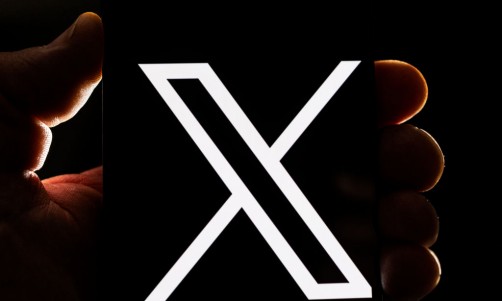Recently, new effective ways to diagnose cataract have been unveiled such as the artificial intelligence system designed to imitate the way the brain handles vision, and LED which measures cataract at a molecular level.These new medical technology can diagnose cataracts just as well as doctors can, new studies show.
Designed to focus on identifying a rare eye condition called congenital cataracts, which cloud the lens of a child's eye from birth and can lead to irreversible vision loss, the new AI system could also diagnose other diseases someday. In the study, scientists in China used an artificial neural network named CC-Cruiser. This network was developed based on the way neurons are arranged in the brain region that deals with vision.
The scientists wanted to see if artificial intelligence could help address the rare diseases, which afflict about 10 percent of the world's population. They developed the research by first training the CC-Cruiser using 476 photos of children with normal eyes, and 410 images of children afflicted with congenital cataract in China. The neural network then scanned images of eyes to diagnose congenital cataracts. the Live Science reports.
The results show that the neural network identified potential cases of congenital cataracts with 98.25 percent accuracy. It also estimated the location of the cataracts with 100 percent accuracy. Moreover, it suggested the proper treatments with 92.86 accuracy, the researchers said.
Rigorous clinical trials are still needed before the AI can be put into regular clinical practice, the scientists wrote in the journal Nature Biomedical Engineering. Meanwhile, scientists at Heriot-Watt University se LED (light-emitting diode) technology to track the development of cataracts at a molecular level. This provides a better idea of whether patients need to have surgery, the BBC reports.
Each year, about 10 million cataract removal operations are performed worldwide on more than half of people who are over 65. It is also a well-known complication of diabetes. "This research brings us one step closer to developing a non-invasive treatment for cataracts," Prof Des Smith, one of the co-founders of the research, said with regards to artificial intelligence and LED technology.










